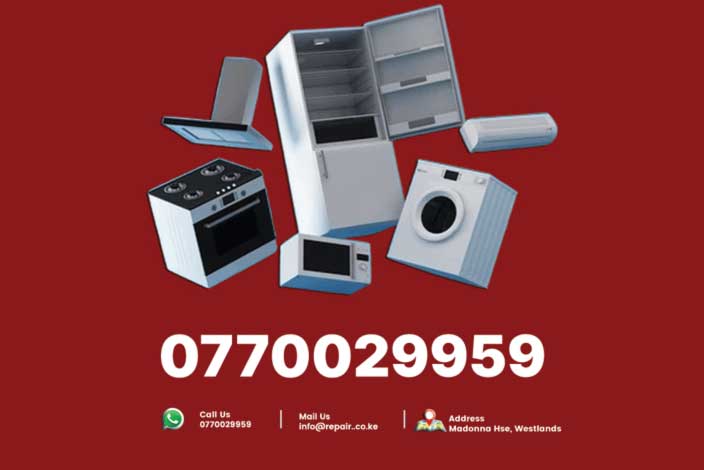Washing machines are essential household appliances, streamlining laundry tasks with efficiency and convenience. However, a common issue that disrupts their performance is a malfunctioning detergent dispenser. When the dispenser fails, it can lead to improper cleaning, residue buildup, or even damage to the machine. This article explores the common causes of detergent dispenser malfunctions and provides practical solutions to fix them, ensuring your washing machine operates optimally.
Understanding the Detergent Dispenser
The detergent dispenser is a critical component designed to release detergent, fabric softener, or bleach at the appropriate stage of the wash cycle. Typically located in a drawer or compartment, it relies on water flow controlled by valves or solenoids to dispense cleaning agents. Malfunctions can manifest as failure to dispense, clogging, leaking, or uneven distribution of detergent, all of which compromise cleaning performance.
Common Causes of Dispenser Malfunctions
Several factors can contribute to detergent dispenser issues. Identifying the root cause is the first step toward effective repair:
- Clogged Dispenser Compartments: Over time, detergent residue, fabric softener, or hard water minerals can accumulate, obstructing water flow and preventing proper dispensing.
- Improper Detergent Use: Using incorrect detergent types (e.g., non-HE detergent in high-efficiency machines) or excessive amounts can lead to buildup and blockages.
- Water Pressure Issues: Low water pressure or faulty inlet valves can hinder the flushing of detergent from the dispenser.
- Damaged or Worn Components: Faulty solenoids, valves, or seals within the dispenser system may cause leaks or failure to release detergent.
- Incorrect Loading: Overloading the washing machine or using the wrong dispenser compartment can disrupt the dispensing process.
Step-by-Step Solutions to Fix Dispenser Malfunctions
Below are practical steps to diagnose and resolve common detergent dispenser issues. Always ensure the washing machine is unplugged and the water supply is turned off before attempting repairs.
1. Clean the Dispenser Drawer
- Procedure: Remove the dispenser drawer (consult your machine’s manual for instructions, as some drawers have a release latch). Soak it in warm water mixed with white vinegar for 15–20 minutes to dissolve residue. Use an old toothbrush to scrub away stubborn buildup, focusing on nozzles and compartments.
- Outcome: Regular cleaning prevents clogs and ensures smooth detergent flow. Perform this maintenance every 1–2 months, depending on usage.
2. Inspect and Clean Water Inlet Filters
- Procedure: Locate the water inlet valves at the back of the machine where the hoses connect. Disconnect the hoses and check for clogged filters or screens. Rinse them under running water to remove debris.
- Outcome: Clean filters restore adequate water pressure, enabling proper flushing of the dispenser.
3. Check for Proper Detergent Use
- Procedure: Verify that you are using the correct detergent for your machine (e.g., HE detergent for high-efficiency models). Measure the recommended amount to avoid overuse. If residue persists, switch to liquid detergent, which is less likely to clump.
- Outcome: Proper detergent use minimizes buildup and enhances dispenser functionality.
4. Test Water Valves and Solenoids
- Procedure: If cleaning doesn’t resolve the issue, the problem may lie with the water inlet valves or solenoids. Use a multimeter to test the solenoids for continuity (refer to the machine’s manual for specifications). If faulty, replace the valve or solenoid, which may require professional assistance.
- Outcome: Functional valves ensure water flows correctly to flush the dispenser.
5. Inspect for Leaks or Damaged Components
- Procedure: Examine the dispenser housing and hoses for cracks, worn seals, or loose connections. Tighten or replace damaged parts as needed. If leaks persist, consult a technician to assess internal components.
- Outcome: Addressing leaks prevents water wastage and ensures efficient detergent dispensing.
6. Adjust Laundry Habits
- Procedure: Avoid overloading the machine, as this can disrupt water flow and dispenser operation. Ensure you’re using the correct compartment for detergent, softener, or bleach, as specified in the manual.
- Outcome: Proper loading and compartment use optimize the wash cycle and dispenser performance.
When to Seek Professional Help
While many dispenser issues can be resolved with DIY methods, complex problems like electrical faults, solenoid replacement, or internal leaks may require professional expertise. Contact a qualified technician if the issue persists after basic troubleshooting or if you’re uncomfortable performing repairs. In Kenya, services like Repair.co.ke offer reliable washing machine repair solutions tailored to local needs.
Preventive Maintenance Tips
To minimize future dispenser malfunctions:
- Clean the dispenser drawer regularly to prevent residue buildup.
- Use the correct detergent type and quantity for your machine.
- Run a monthly cleaning cycle with a washing machine cleaner or a vinegar-hot water mix.
- Inspect hoses and valves periodically for wear or blockages.
A malfunctioning detergent dispenser can disrupt your washing machine’s performance, but most issues are preventable or fixable with simple steps. By understanding the causes—clogs, improper detergent use, or faulty components—and applying targeted solutions, you can restore your machine’s efficiency. Regular maintenance and proper usage are key to avoiding recurring problems. For persistent issues, professional services like Repair.co.ke are available to provide expert assistance, ensuring your washing machine remains a reliable partner in your laundry routine.






